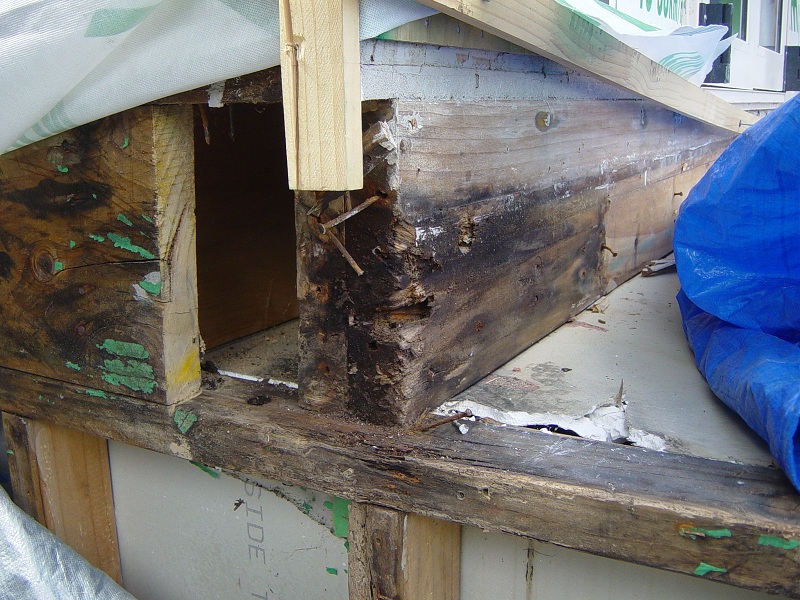Following the leaky homes crisis of the early 2000s (many would say it is still ongoing) insurers wanted to limit their exposure to what they saw as the substantial risk of claims from external water penetration into buildings. They saw this as a risk that was just too big and too uncertain to price into ongoing coverage. They introduced what is known as the “Building defects” exclusion. Here are a couple of examples from different insurers:
Building defects exclusion (from a public liability policy)
We will not indemnify You for any claim under this Policy in respect of or alleging Personal Injury or Property Damage arising out of:
– the failure or alleged failure of any building or structure to meet or conform to the requirements of the New Zealand Building Code contained in the First Schedule of the Building Regulations 1992 or any applicable New Zealand Standard (or amended or substituted Regulation or Standard) in relation to leaks, water penetration, weatherproofing, moisture, or any effective water exit or control system; or
– mould, fungi, mildew, rot, decay, gradual deterioration, micro-organisms, bacteria, protozoa or any similar or like forms, in any building or structure.
Building defects exclusion (from a contract works insurance policy)
This policy does not insure loss in connection with a building or structure being affected by:
(a) moisture or water build-up or the penetration of external moisture or water, or
(b) the action or effects of mould, fungi, mildew, rot, decay, gradual deterioration, micro-organisms, bacteria, protozoa, or any similar or like forms, that is caused directly or indirectly by:
(i) non-compliance with the New Zealand Building Code, or
(ii) faulty design or faulty specification, including but not limited to faulty sequence, procedure or programme, or
(iii) faulty materials, or
(iv) faulty workmanship,
when the building or structure was constructed, manufactured, altered, repaired, renovated or maintained.
This exclusion does not apply to loss that is caused by or directly arises from the leakage of internal pipes, internal water reticulation systems or internal cisterns.
Breaking it down
The first point is that for a liability claim to be triggered there must first be “property damage”. This generally means actual physical damage to property owned by a third party. It can also mean loss of use of property which results in a quantifiable financial cost to a third party.
To trigger this exclusion there must be a failure or alleged failure of the building to meet the Building Code. Arguably any external penetration that allows water into the building is a failure of E2. It can also apply to the failure to adequately apply waterproofing membranes, flashings or other essential weathertightness components.
Some interpretations have the effect of ruling out the majority of the largest potential claims from trades such as roofers and anyone installing cladding.
If the claim arises from mould or gradual deterioration, such as a slow leak that rots timber over time, then it is explicitly excluded as well.
The exclusion does not apply to internal water penetration, such as leaks from internal pipes or the failure of waterproofing in showers.
Building it vs working on it
We are strongly of the view, and have been successful arguing with insurers, that this exclusion is intended to apply to the construction of new “buildings or structures” and not to situations where tradespeople are working on an existing building.
Successes
For example, it should not apply if a leak happens when retrofitting a heatpump or installing a skylight to an existing building. However, you need to be aware that your policy includes this clause and that it could be relied on to decline such claims.
Failures
Failing to paint the cut ends of timber weatherboards is likely to fall afoul of this exclusion. A basement that leaks due to improperly installed coil drainage is another claim that is likely to fail due to this exclusion. It should be noted that just the allegation of a failure could be enough for an insurer to decline a claim under this exclusion.
In a nutshell
If your claim is due to actual or alleged penetration of external moisture or water into the building you’re not covered. However, there are circumstances where the right interpretation, and the right supporting argument, can result in a successful outcome. These complexities are one of the most important reasons for using a specialist, such as Builtin, for your insurance.



